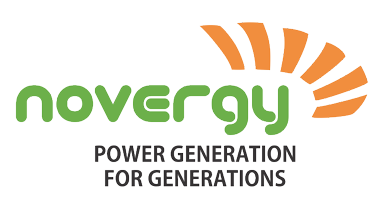Solar energy is gaining momentum in the renewable energy industry because it offers a lot of advantages in the generation of electricity. It’s a source of clean energy that has no environmental issues caused due to storage, transportation and air pollution. With its zero raw fuel costs and unlimited supply, it is becoming part of houses and corporates across the globe. However, yielding the maximum output is majorly dependant on two factors; Orientation and Positioning.
Solar panel installations depend on their geographic locations across the globe. The logic behind this is simple; the sun is not always in a stationary position, it constantly changes its position from morning to night relative to the earth. In order to get the maximum from the solar panels, you need to point them in the direction where it is most exposed to the sun.
India is comprised of 29 states and 6 union territories spread between 8°4′ to 37°6′ north latitude 68°7′ to 97°25′ east longitude which is responsible for a varied condition of climate across the nation. Such climatic variations coupled with different latitudes affect the solar irradiance. Hence in order to extract the maximum output from the solar panels, orientation and positioning play a very crucial role.
Orientation and Positioning
The radiation of sun on Earth surface varies because of the following factors:
- Absorption and scattering;
- Changes in the atmosphere due to water vapour, clouds, and pollution.
- Longitude and Latitudes of the location.
- Season of the year
The position of the sun can be determined using two angles, Azimuth and Zenith. Azimuth is calculated as an angle from true south, in this angle compass moves through the east to west over the course of the day. At solar noon which is defined as an azimuth angle of zero degrees, therefore Azimuth = 0°, if you’re in the Northern Hemisphere, your solar panels should face true south. Zenith position is when the sun is directly looking up from ground level; the elevation of the sun is at 0° at sunrise and sunset, and 90° at midday.
The most feasible situation is when the sun is hitting the solar panel surface at a perfectly perpendicular angle (90°), this angle increases energy production. In summers, the sun stays much higher in the sky, which makes the radiations more direct and stronger as it travels less distance to reach earth’s surface so the orientation of solar panels in this scenario will be more horizontal. However, in winter months the sun is lower in the sky, so the solar radiation reaches earth after passing through dense atmosphere losing its intensity by the scattering and absorption, therefore, the orientation needs to be more vertical. Panels that could track the movement of the sun can generate 10% (in winter) to 40% (in summer) more energy than fixed panels.
To increase the efficiency of the solar panels, it is very important to use trackers or active manual positioning. The more sunlight reaches your solar panels, the more will be the energy production and the more savings on your electricity bills.
At Novergy, we understand the importance of Solar Panels and their perfect placement. Contact us today on enquiry@novergy.net for more details!

